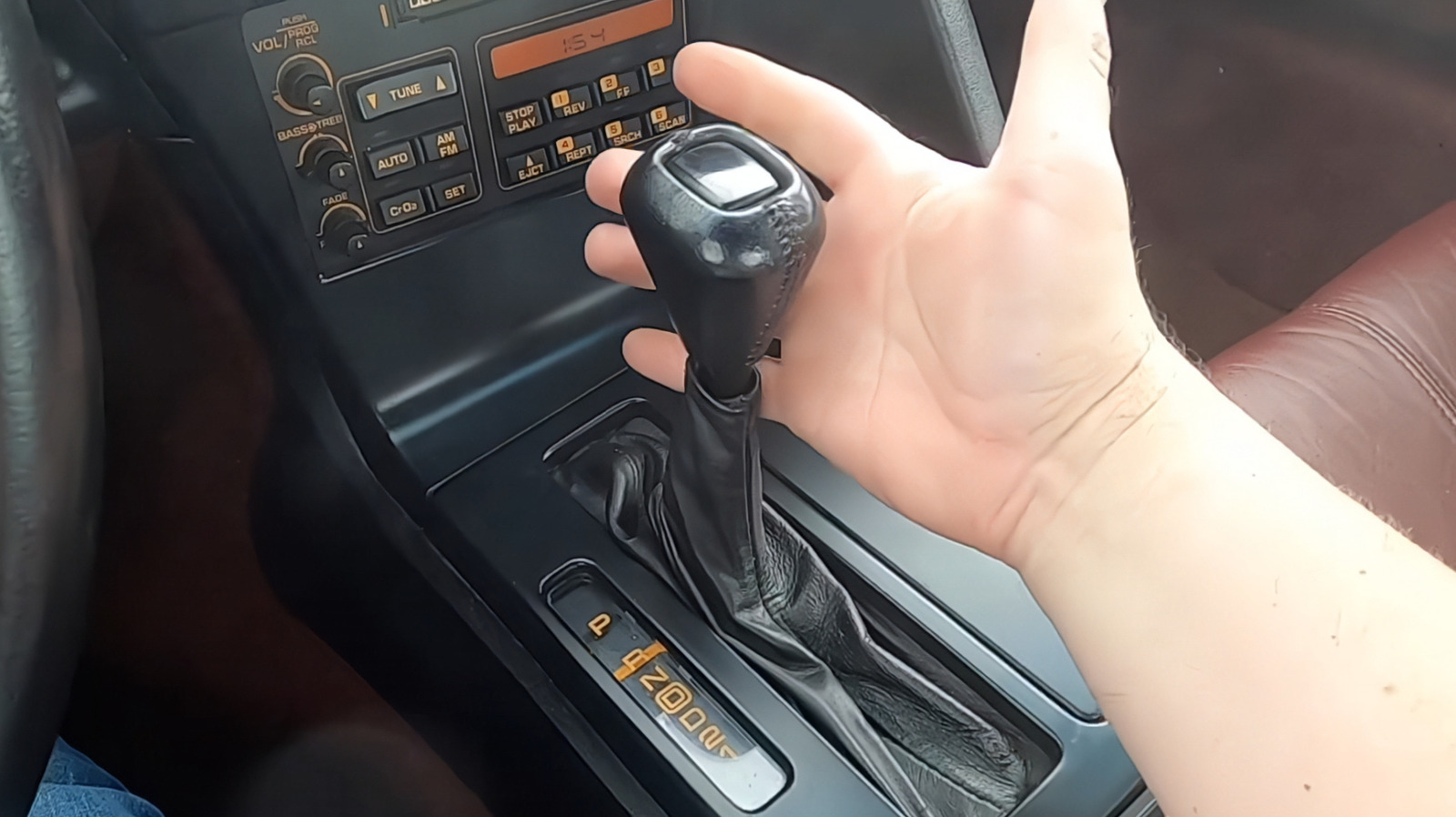Why Do So Many Drivers Complain About the 4L60E Transmission?
If you’ve spent any time in car forums or chatting with mechanics, you’ve probably heard a few choice words about the 4L60E transmission. It’s been a staple in GM vehicles since the early 1990s, showing up in everything from Chevy Silverados to Camaros and even some SUVs. But despite its widespread use, the 4L60E has earned a reputation that’s, well, less than stellar. So what’s really going on here? Let’s dig into the real-world experiences, the common pain points, and what you can actually do if you’re driving a vehicle equipped with this infamous gearbox.
What Are the Most Common Problems With the 4L60E?
Ask any seasoned mechanic and they’ll rattle off a list of typical 4L60E issues without missing a beat. The big ones? Slipping gears, delayed shifts, and the dreaded “no reverse” scenario. Many owners report that around the 100,000-mile mark, things start to go sideways—sometimes literally. According to a 2022 survey by Transmission Digest, over 40% of 4L60E failures are traced back to worn clutch packs and faulty valve bodies. Another frequent culprit is the sun shell, a component notorious for breaking and leaving drivers stranded with only a handful of gears.
But it’s not just about catastrophic failures. The 4L60E is also known for more subtle annoyances, like harsh shifting or inconsistent performance when the transmission fluid gets too hot. These issues can sneak up on you, turning a smooth ride into a guessing game every time you hit the gas.
Why Did GM Stick With the 4L60E for So Long?
It’s a fair question. If the 4L60E is so problematic, why did General Motors keep it in production for nearly two decades? The answer comes down to cost, compatibility, and sheer ubiquity. The 4L60E was relatively inexpensive to manufacture and could be dropped into a wide range of vehicles with minimal changes. For GM, it was a workhorse—one that could be tweaked and updated as needed.
There’s also the fact that, for many drivers, the 4L60E worked just fine—at least for a while. When maintained properly and not pushed beyond its limits, this transmission could easily last over 150,000 miles. But as vehicles aged and owners started towing heavy loads or skipping fluid changes, the weaknesses became more apparent.
Are There Any Silver Linings to Owning a 4L60E?
Absolutely. For all its faults, the 4L60E does have a few redeeming qualities. First, it’s one of the most widely supported transmissions in the aftermarket world. Need a rebuild kit? You’ll find dozens. Looking for performance upgrades? There’s a whole cottage industry dedicated to making the 4L60E stronger and more reliable.
Plus, because so many vehicles use this transmission, parts are plentiful and relatively affordable. That means repairs—while sometimes frequent—won’t usually break the bank compared to more exotic gearboxes. And if you’re a DIY enthusiast, there’s a wealth of tutorials, videos, and community support to help you tackle common fixes yourself.
What Can You Do to Make Your 4L60E Last Longer?
Here’s where a little prevention goes a long way. Regular transmission fluid changes—ideally every 30,000 to 50,000 miles—are your best defense against premature wear. Using the right type of fluid (Dexron III or VI, depending on your model year) also matters more than you might think.
If you tow heavy loads or drive in hot climates, consider adding an auxiliary transmission cooler. Overheating is a major enemy of the 4L60E, and keeping temperatures in check can dramatically extend its lifespan. And don’t ignore early warning signs like slipping or rough shifts. Catching problems early often means a simpler (and cheaper) fix.
Is It Worth Upgrading or Replacing the 4L60E?
For some owners, the answer is a resounding yes. If you love your vehicle but hate the transmission headaches, there are several upgrade paths. Reinforced sun shells, improved valve bodies, and heavy-duty clutch packs can all help shore up the 4L60E’s weak points. Some shops even specialize in performance builds that can handle serious horsepower and towing demands.
On the other hand, if your transmission is on its last legs and your vehicle isn’t worth much, it might make more sense to cut your losses. Swapping in a different transmission or trading up to a newer model can save you a lot of future frustration.
What Do Experts and Real Owners Say?
Industry experts tend to agree: the 4L60E isn’t inherently terrible, but it’s far from bulletproof. According to a 2023 report by the Automatic Transmission Rebuilders Association, the majority of 4L60E failures could be prevented with better maintenance and timely repairs. Real-world owners echo this sentiment—those who stay on top of fluid changes and avoid overloading their vehicles often report few issues.
Still, the transmission’s reputation lingers, largely because so many drivers have experienced the same handful of problems. It’s a classic case of a widely used component being pushed beyond its original design limits.
The Big Takeaway: Living With the 4L60E
If you’re driving a GM vehicle with a 4L60E, you’re not doomed—but you do need to be proactive. This transmission isn’t about perfection—it’s about smarter adjustments. Start with one change this week, whether it’s a fluid swap or adding a cooler, and you’ll likely spot the difference by month’s end. For many, that’s enough to turn the 4L60E from a headache into a reliable partner on the road.


